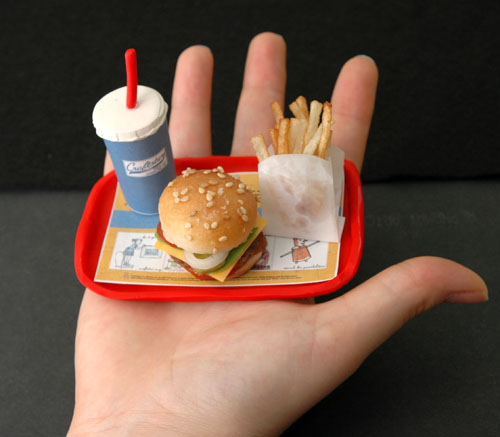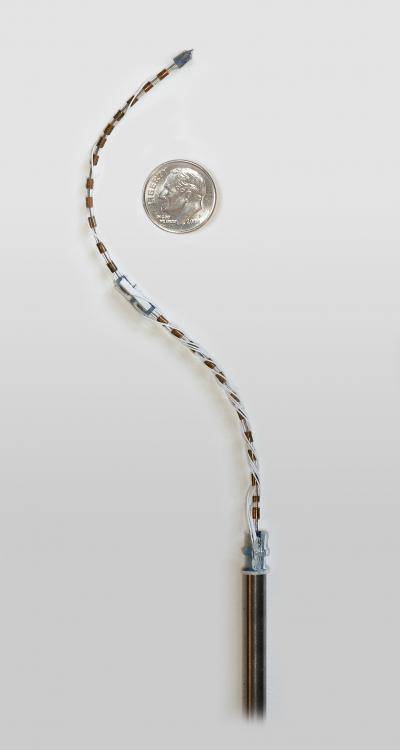Some Northwestern Medical Faculty Foundation patients are about to be hit with new administrative fees as the group attempts to ease its physicians' workload.While other fees will also be levied, some come with a convenient catch:
Patients of the foundation's general internal medicine division were told recently that starting Friday, they will be charged $25 for placing non-emergency phone calls to their doctors outside of office hours. The division is open from 8 a.m. to 5 p.m. weekdays.
The foundation said in a letter to patients that it's implementing several new fees because the time physicians spend addressing patient needs outside of office visits has compromised the hospital's ability to provide "efficient service."
New fees are also being levied for filling out patient-requested paperwork outside of an office visit ($25 to $50), for patients who miss an appointment without a day's notice ($50) and for providing online medical consultations ($25).It will be interesting to see what patients think about these new fees and the higher insurance co-pays they'll be seeing soon. As far as I know, our institution is still holding out on such fees.
Northwestern Medical Faculty Foundation won't charge a fee for after-hours calls or online consultations if they lead to an office visit within seven days or if they are used to clarify a physicians' instructions following a visit within the past week.
-Wes




